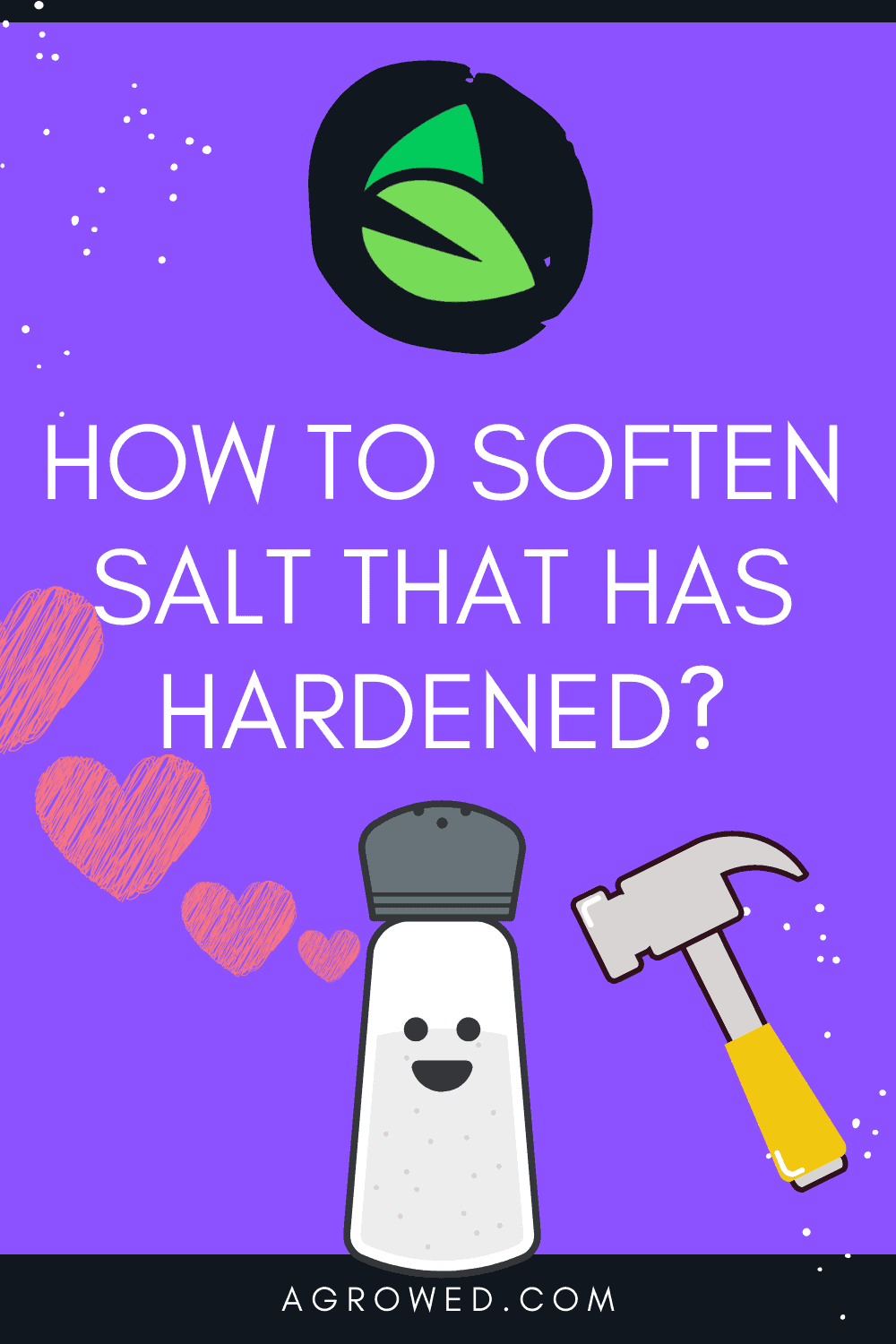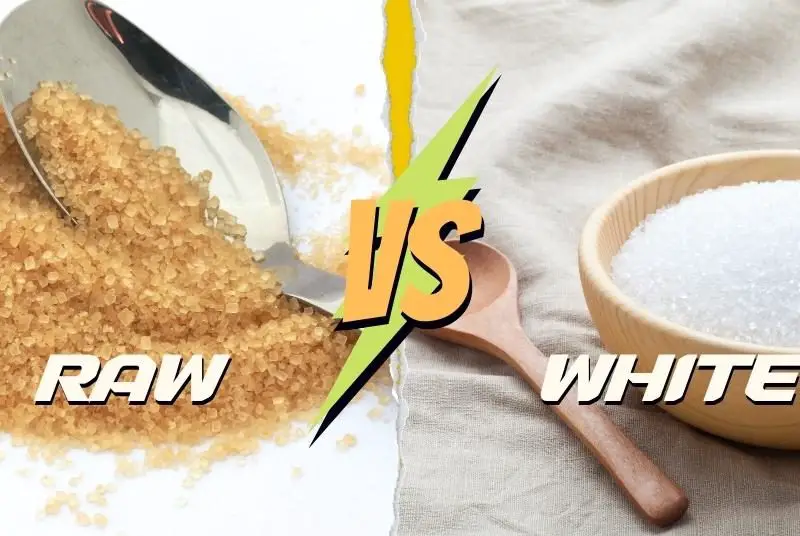I am a well-rounded expert with proficiency in several fields. My experience spans from being a dedicated chef and homemaker. As a passionate homesteader, I’ve honed my skills in sustainable living and animal care, ensuring a holistic approach to everything I undertake. Email me or Txt: (# removed due to spam, please email)
Salt loves moisture. It’s like a giant magnet that pulls everything damp to it. It should be no surprise that when salt collects too much moisture it tends to clump up and harden. This is especially true if you live in a wet climate.
It’s not just table salt either, rock salt, kosher salt, Himalayan pink salt, sea salt, ketone diet salts.. the list goes on. They can all get hard as a rock if we’re not careful.
Breaking up these salts is pretty straight forward, if not a bit laborious. If your salt is already hardened then the easiest way to soften it up is to smack it around.
By that, we mean putting it in a large zip lock bag, wrapping the ziplock bag in a towel, then smashing it with a rolling pin. A meat tenderizer also works. Really anything heavy and easy to handle will work. Try not to break the bag.
If the clumps are still a bit large, feel free to throw them into a food processor. Be conservative on the pulses as you don’t want to powder your salt. Unless that’s your goal than go nuts.
Well, that was easier than you expected right? But you know, the best way to soften clumped up salt is to prevent it from happening in the first place.
How to stop salt from clumping
There’s a tremendous amount of information regarding this subject. We can’t possibly list it all. So we will just mention the most common methods that actually work.
Adding Rice or Another hygroscopic substance
Ever remember seeing random grains of rice floating around your grandmother’s almost empty salt shaker? There was a reason for that! It’s one of the major ways how people keep moisture out of salt
Uncooked rice likes water even more than salt does. It has high hygroscopic properties (water absorption) which encourage moisture to bypass the salt and head straight for the rice instead.
This is one of the most popular tricks for clumping prevention in salt shakers that people have sworn by for decades if not longer. Just toss a few grains into your salt shaker, You don’t need too many. 5-6.
Just remember not to use instant rice! It needs to be none processed organic rice for this trick to work the best. Avoid rice with high oil content, Like brown rice. That will end up going rancid eventually in your salt.
Another one is BEANS. People swear by it too. Types of beans include coffee, kidney, white etc. Beans are super absorbent. They have to be, they’re seeds right?
Salt will always do its thing, which is to absorb water. By placing beans (or rice) into the containers of salt, these even more absorbent additives will yoink the water back out of the salt, keeping it clump-free.
My salt is stuck in the salt shaker!
Depending on how your salt shaker is designed, once the salt becomes rock hard theirs a good chance it’s never going to come out again, at least as long as it’s hardened.
Sure, You could take a metal chopstick and start digging and chiseling, but that’s a bit silly for 5 cents worth of salt don’t you think?
The next best thing you can do is at least save your salt shaker so you can fill it back up again (and add some rice or beans next time!). That’s an easy process, let’s get into it.
On the stove:
- Remove salt shaker lid
- Place a pot of warm water on the stove on low heat
- Add the salt shaker
- Slowly bring it up to a simmer while agitating the salt shaker
- Watch the salt rapidly dissolve out of the shaker
Now that you’ve reclaimed your salt shaker, simply dry it off well and add more salt.
The normal hot water method:
If you don’t like the idea of boiling your glass shaker and digging around boiling water, you can use the normal hot water method instead.
Simply run water as hot as you can from your tap and let it flow into the uncapped salt shaker. You can give it a few shakes here and there if you find the process is a bit slow. The hotter the water is the faster the sale will soften and dissolve away.
After that, the same steps as above. Dry, add new salt, add rice.
My salt is stuck in the box!
Sometimes salt goes on sale and we overestimate the amount we actually use. This causes a build-up of salt boxes in the pantry. The longer they sit, the more they absorb, until one day you go to use it and it’s hard as a rock.
So how do we get that salt out of the box?
Sorry to say, You won’t be able to save the box. But you can save the salt inside the box. Simple (and carefully) cut open the box with a pair of scissors or a knife. Most salt packaging is cardboard which should be easy to cut.
Once the giant block of salt is free, start bashing it with the instructions at the top of the article, then optionally add it to a food processor.
Repackage your now softened salt in an airtight glass container. Add a handful of rice or beans and mix them in. This will prevent the same salt from getting hard again.
If you find your salt is still a bit damp, Spread it out on a baking sheet and stick it in the oven on it’s lowest settings. If that’s still too high, open the oven door. This should dry out the remaining salt fairly quickly before repackaging.
Bottom line
Some people think it’s better to just throw out clumped up salt and stuck salt shakers because it’s more convenient. Those people aren’t wrong, but at the same time, it’s also unnecessary given how easy it is to reclaim clumpy hard salts.
It’s also far more important to prevent this type of problem from happening in the first place, as it’s a pretty big pain in the butt.
TL;DR: Hard salt goes in the bag, smash bag with a hard object. Add rice to fresh salt to prevent it in the future.




